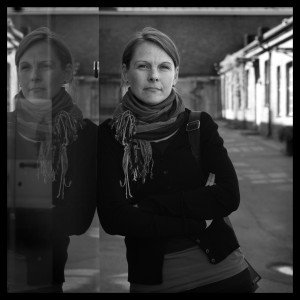Finnish National Gallery, Ateneum, Kaivokatu 2, FI-00100 HELSINKI
http://www.ateneum.fi/en/modern-identities-european-revivals-conference-programme
Virtual Museum Workshop
The activities that converge in the making of virtual museum exhibitions enable the creation of imaginative worlds that can be shared with a diversity of communities of research and practice as well as with audiences. In the production of an exhibition experts such as archaeologists, architects, art historians, museum specialists, designers and educators have to work together to create the interfaces and presentation layers that effectively communicate to the audience the knowledge embedded in the materials on display. Considering the increasing use of digital media in this knowledge domain, there is a pressing need to investigate theoretical and practical aspects involved in the creation of virtual museums and exhibition design. In this workshop we aim to bring forth a discussion regarding the use of information technology and digital media in museum institutions.
Schedule:
2:00 – Sofia Pescarin, V-MusT
Sofia is a researcher at the National Council of Researchers (NCRS) Italy. She is also V-Must.net coordinator, Scientific Director of Archeovirtual, and Director of the School of Virtual Archaeology. V-MusT is a EU FP7-funded network of excellence that aims to provide the heritage sector with the tools and support to develop virtual museums that are educational, enjoyable, long-lasting and easy to maintain.
2:30 – Lily Díaz, How to display Gesamtkunstwerk with the new technology? Case study Finnish Pavilion at the 1900 World Fair in Paris.
2:45 (15 minutes break)
3:00 – Doctoral candidates from Aalto School of Arts, Design and Architecture will present their position statements regarding the virtual museum, sustainability in the context of the current economic crisis, and the role that art and design can play in the revitalization (or revival) of our societies.
Presenters:
Samir Bhowmik (Media Lab, Department of Media)
Mia Muurimäki (Media Lab, Department of Media)
Andrew Paterson (Media Lab, Department of Media)
Ferhat Sen (Media Lab, Department of Media)
Marjukka Vuorisalo. (Textile Design, Department of Design)
Following these presentations the floor will be open for a debate session with the audience.

